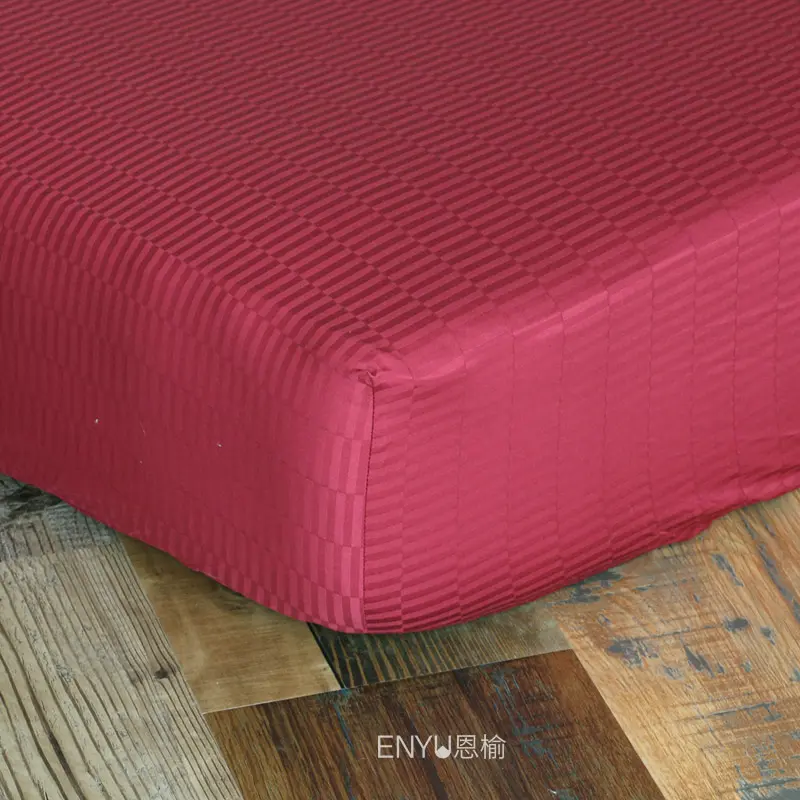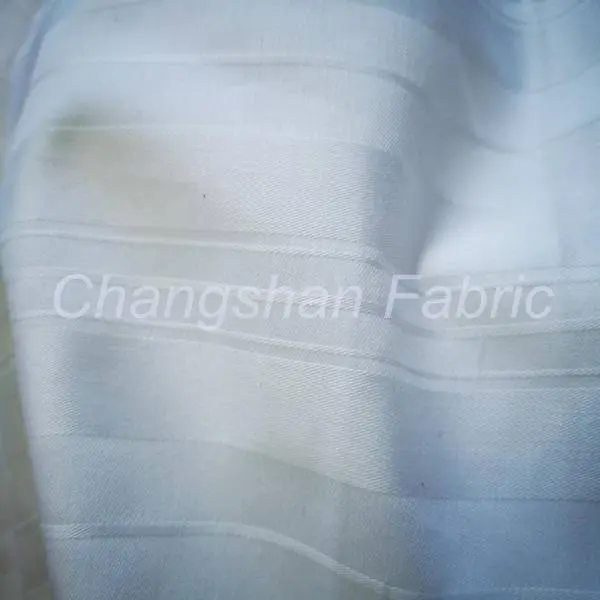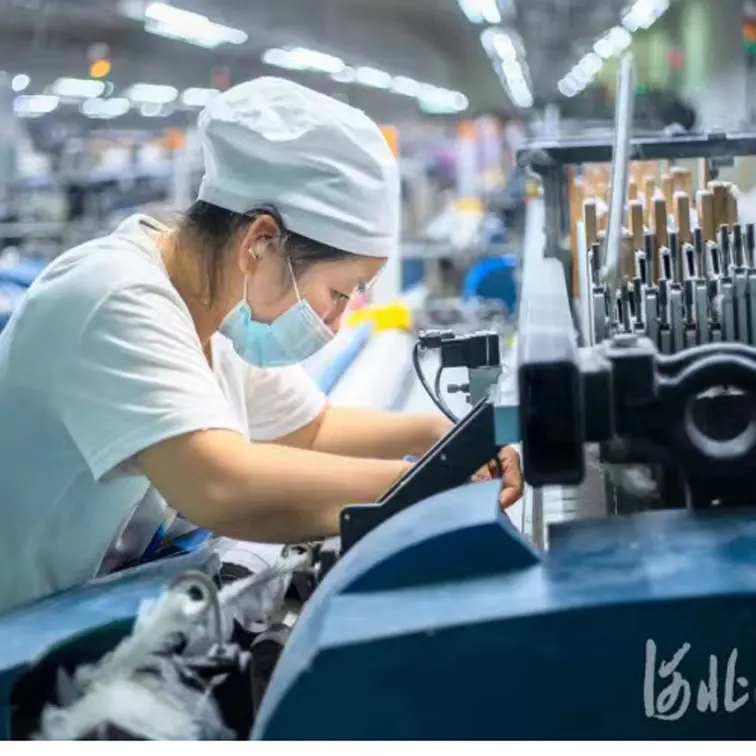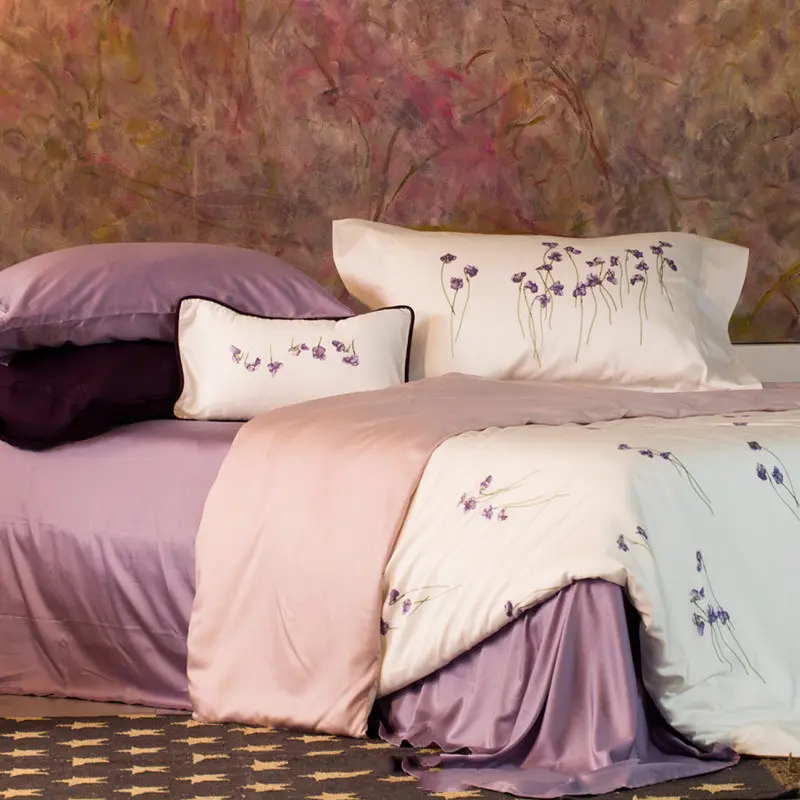Explanation 1: “Light up”
Generally speaking, the phenomenon of “lighting up” refers to the phenomenon of “homochromatic metamerism”:
Two color samples (one standard and one comparison sample) appear to be of equal color (no color difference or small color difference) under one light source (such as D65), while they exhibit significant color difference under another light source (such as A), which is called the “homochromatic metamerism” phenomenon
For this situation, we can describe it as’ lighting up '. That is to say, whether the sample can be matched with the standard sample for color matching depends on selecting a specific light source.
The fundamental reason is that the two samples have different reflections of light (reflection spectrum curves or visible band reflectivity), so it is called “Metamerism”.
The reasons for the “abnormal spectrum” include:
A. Pigmentorum ad tingendum compositio varia est;
B. Methodi processus variae, etc.
Explanation 2: “Jumping lights”
In fact, when we talk about “Tao light” in daily life, besides the above meaning, there is another layer of meaning:
It refers to the situation where a single color sample undergoes dramatic color changes under different light sources. At this point, it can be described by “jumping the light”.
So, “jumping the light” can also be said to be a sample.
Exempli gratia, machinator tincturarum apud CIBA, cum tincturam CIBA DEEP RED commendaret, diceret: Haec tinctura sub luce A rubra non salit.
(Auctor intellegit se velle dicere, quamquam fons lucis magnam copiam lucis rubrae et flavae continet, tincturam CIBA DEEP RED non multo rubriorem fore quam sub fonte lucis D65.)
Tempus publicationis: X Maii, MMXXIII, hora 00:00



















 Cuti amicus
Cuti amicus Versatilis
Versatilis Durabilis
Durabilis Certus
Certus
